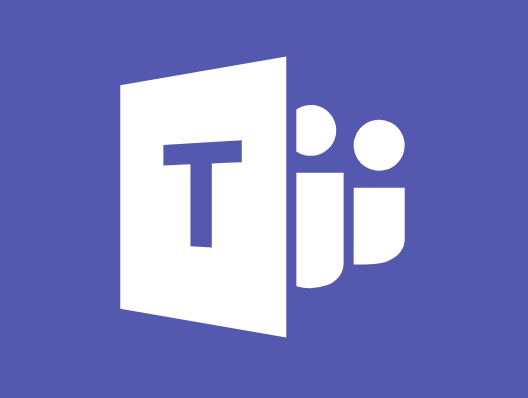Summary – Lindsay Rattray
The Microsoft Office365 and Teams in Learning and Teaching Summit was an excellent event. For me it represented the tangible proof of how Microsoft has changed as a company, and once again is a darling of the tech world.
Remember when Google was taking over? The collaborative features in Google Docs, the simplicity of Google Forms, the sharing-first nature of Google Drive, and many others combined to make a much more compelling workplace system than the old one-user-at-a-time Microsoft one. Yet Google never pushed on to actually develop Docs into something better than Word, or Sheets beyond a very basic version of Excel. Microsoft weren’t dead, they were merely hibernating. And now they’re back.
Microsoft Teams – learning from the success of workplace productivity tool Slack – has added chat to the mix. Share an Office document there and it can be collaborated on, OneNote can be integrated as well. You can integrate it with your classroom groups (with a little help from IT). SharePoint is (hopefully) nowhere to be seen.
OneNote – Christy Patton
Three of the presentations at the Summit highlighted the power of OneNote for active learning in the classroom. Associate Professor Gary Grant explained how he creates a work book with minimal textual information for his Pharmacy students, in order to engage them in the process of building knowledge. Students are provided with images to annotate, or blank patient information documents like the ones they will encounter in their profession. With OneNote, Gary and his teaching team can live ink into students’ Notebooks during class, making feedback instantaneous.
Dr David Kellermann from UNSW said that he has discontinued the use of a textbook in his Mechanical Engineering courses, because students get more value from constructing their own Notebook in collaboration with him. Kellermann uses live inking to solve problems in class and films the process, so students can re-watch later. Instead of a voice over a static slide, or a poor quality recording of a hand, they get to see the teaching process, with clear, live-ink-to-OneNote.
Dr Magda Wajrak and Sam Prosser, from Edith Cowan University shared their experience of getting students to use OneNote to create electronic lab reports. In their presentations, educators also emphasised the speed and efficiency of distributing resources to their students using OneNote, and the relief at having escaped the photocopy room and mountains of paper previously involved in distributing printed work sheets.
Teams – Rae Jobst
The Summit was a good opportunity for participants to use Teams before, during and after the event, as well as discuss how Teams can be used for learning and teaching. Those new to Teams could see how easy it is to move between Teams and Channels, and how quickly a collegial atmosphere can be created.
In working with academics to introduce Teams as a conversation tool in learning and teaching, three things have struck me:
- It’s worth doing
- Go slow to go fast
- Be present
It’s worth doing because we know student success can be linked with social connection and construction of learning, and a sense of belonging.
Go slow to go fast, as we need to understand the experience of change for each person. Timing can make a difference, and listening and empathy go a long way. This is also about making sure that academics and students are resourced to learn the new technology.
Be present in the conversations once they start. This is not about dominating the conversation, or being ‘on tap’ 24/7, but about replying and ‘liking’ posts as well as posting announcements at key times.
Summing up – Lindsay Rattray
Microsoft is back, they are in education, and they are showing strong signs that they have bottom-up approaches that help understand real educational need. Next step on campus? See what you can already do with Office365 and Teams: you might be surprised.
